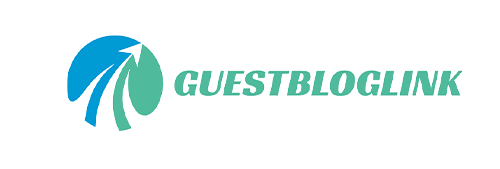An anemometer is a device used to measure wind speed and, in some cases, wind direction. The term "anemometer" is derived from the Greek word "anemos," meaning wind. These instruments are essential for understanding weather patterns, predicting storms, and conducting research in atmospheric sciences.


Types of Anemometers
Anemometers come in various designs, each suited for specific applications. Here are some of the most common types of anemometers:- Cup Anemometer
- Vane Anemometer
- Hot-Wire Anemometer
- Pitot Tube Anemometer
- Laser Doppler Anemometer






